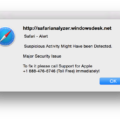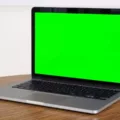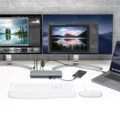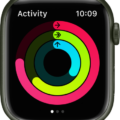Are you having issues with glitch lines on your Macbook? If so, you’re not alone. Many Macbook users have experienced this issue and it can be very frustrating. Fortunately, there are ways to fix the issue and get your device working as well as new.
First of all, it’s important to understand what causes the glitch lines on a Macbook. Generally, this issue is caused by an outdated or corrupted graphics driver or an incompatibility between hardware and software. In any case, the first step should always be to reboot your Macbook to see if that helps resolve the problem.
If rebooting doesn’t help, then you may need to adjust your display settings or check your cable connection. To do this, go into System Preferences > Displays > Display tab and make sure that the resolution is set correctly for your device. Additionally, make sure that all of the cables are securely connected and free from any damage or wear and tear.
Another solution is to reset both SMC (System Management Controller) and NVRAM (Non-Volatile Random Access Memory). Resetting these two components will clear out any temporary issues that may be causing the glitches on your screen. To reset SMC you’ll need to shut down your Macbook first; then press and hold down the Shift + Control + Option keys along with the Power button for 10 seconds before releasing all keys at once. For NVRAM you’ll need to shut down again; then press Option + Command + P + R keys at once while powering up again until you hear the startup sound twice.
If none of these solutions work for you then it may be time to install new updates for your graphics card or reinstall the current macOS version that’s installed on your device. Installing updates will ensure that all of your drivers are up-to-date and compatible with each other while reinstalling macOS can help fix any corrupted files or settings which may have caused this issue in the first place.
All in all, glitch lines on a Macbook can be a real hassle but thankfully there are ways to fix them! Hopefully one of these solutions was able to help you get rid of those glitches so that you can get back to enjoying using your device as normal again!
Fixing Glitch Lines on a Mac
If you’re seeing glitch lines on your Mac’s screen, there are several steps you can take to troubleshoot and resolve the issue.
First, try restarting your Mac. This can help with many temporary issues and system glitches. If restarting doesn’t help, check the cable connection to make sure it is secure and connected properly. You might also want to try connecting another display to see if the lines appear on both displays or just one.
Next, reset both the System Management Controller (SMC) and Non-Volatile Random Access Memory (NVRAM). Resetting the SMC can be done by powering off your computer, then pressing and holding down the left-side Shift+Control+Option keys along with the power button for at least 10 seconds. For NVRAM/PRAM, follow these instructions: shut down your Mac, press and hold the Command+Option+P+R keys before powering it back up, then release the keys when you hear a second startup chime.
If you have a dedicated graphics card installed in your Mac, make sure you update its drivers as this could also be causing errors. You should also consider reinstalling the current macOS version that you are running as this will help repair any corrupted files or system issues that could be contributing to the lines on your screen.
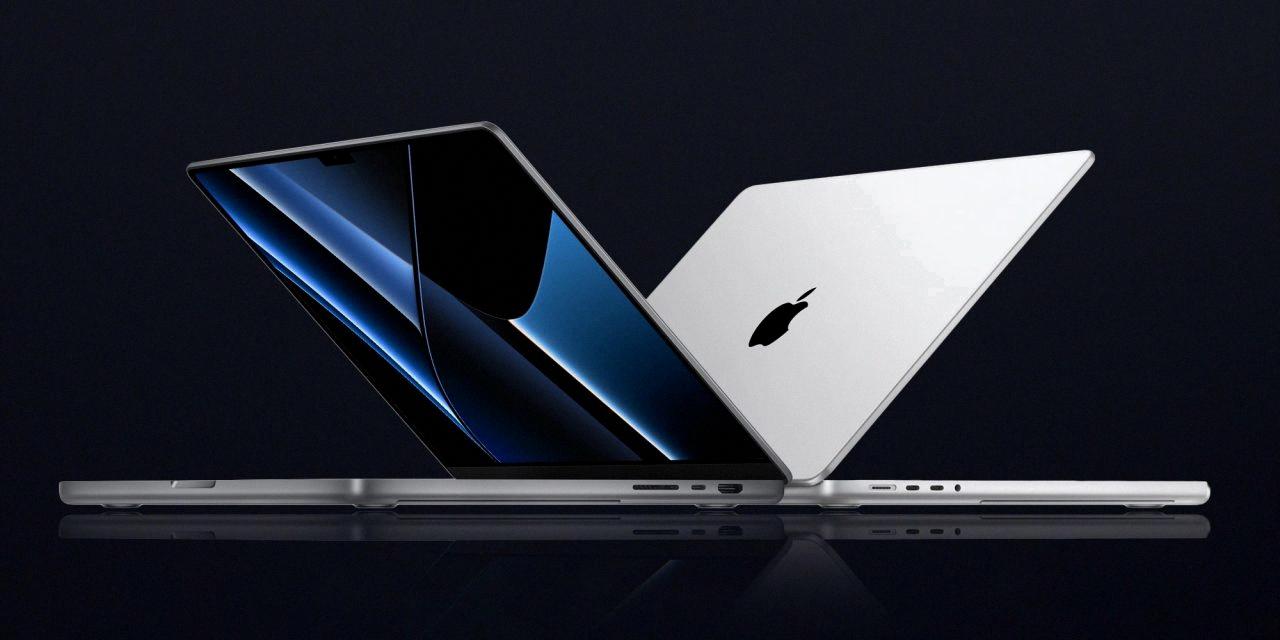
Source: 9to5mac.com
Troubleshooting Glitching Lines on Mac Screen
This type of screen glitching is usually caused by a hardware issue, such as a failing graphics card or loose connection. If the lines appear during startup, it could be an indication of a problem with the NVRAM or PRAM. In some cases, it could be due to a software issue such as incompatible drivers or outdated system software. If the lines appear when you’re using certain applications and disappear when you switch to another program, then it could be caused by corrupted software files or settings. To troubleshoot this issue, reset your NVRAM and PRAM, check your connections, and update your software.

